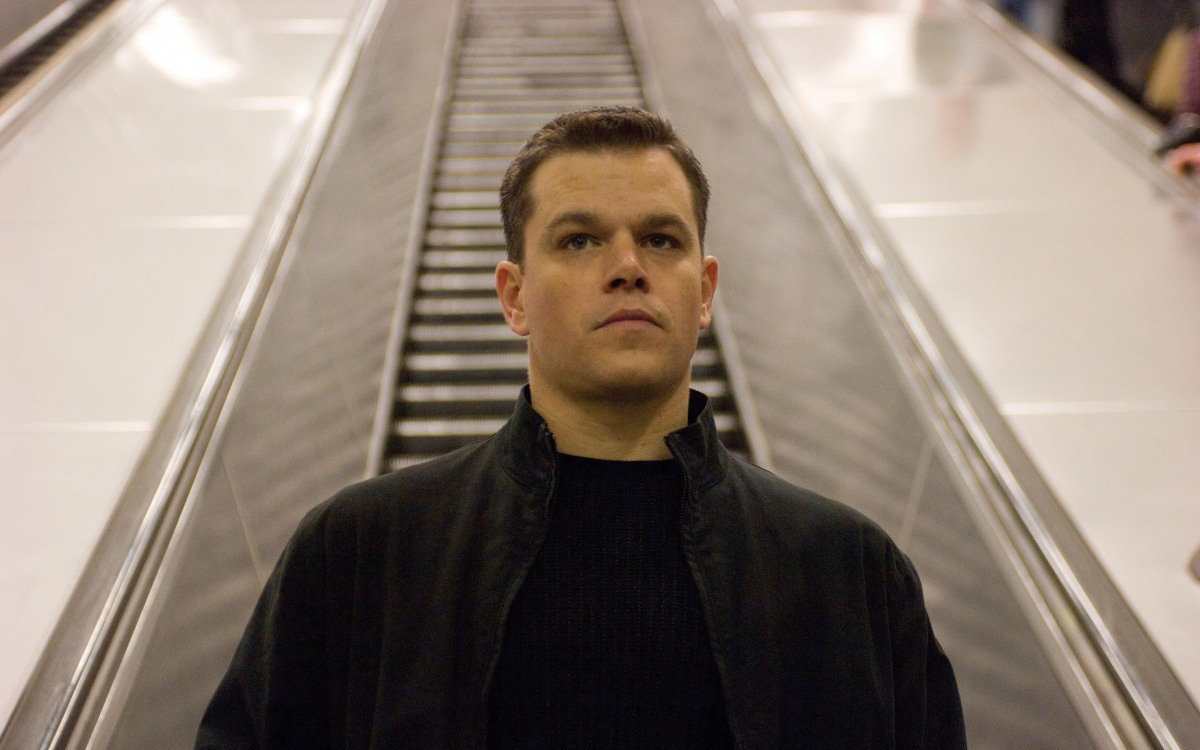
Since the invention of the rules of storytelling, the established formula for a satisfying tale is the three-act structure: beginning, middle and end. It’s no surprise then that the template for a complete series of movies is that of the three-parter.
It’s been done time and time again yet usually due to studio’s milking successful properties, running out of fresh ideas or just unnecessary sequelization of a distinct idea, the films tend to run out of steam and decline by when the third part comes about.
It’s happened to cult classics like the Mad Max series, or even iconic Oscar winners like the Godfather movies. So when that trilogy escalates in quality with every movie, it’s a rare occasion. Let’s examine those times where the original movie was only the tip of the iceberg in terms of quality.
10. The Hobbit Trilogy
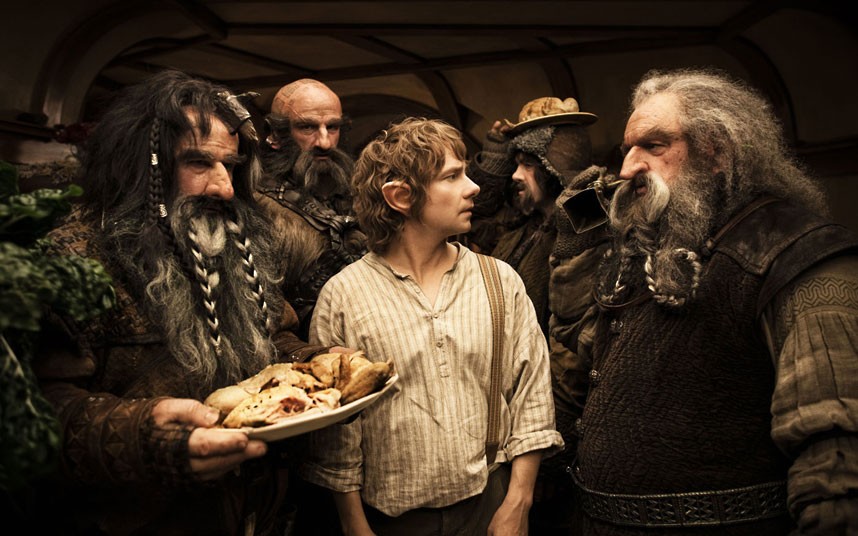
Much like the Star Wars prequel trilogy, Peter Jackson’s return to his iconic franchise was marred in controversy and disappointment, yet unlike its sci-fi equivalent, the Hobbit series just sort’ve became forgotten quickly instead of a permanent black spot for the director.
There was many a problem in conception; milking a 200-page story into a epic trilogy was misguided and stunk of studio greed. Secondly, Jackson was thrown headlong into a hectic shooting schedule after filling the vacated director’s chair at the last minute – it was a miserable experience for him, too.
“An Unexpected Journey” (2012) is definitely the weakest as it drags basically the opening moments of the book for what feel like forever, as well as inserting references to its more later trilogy, even when it doesn’t fit. The cast is strong and well chosen, but overall it’s a movie that drags and was a damp squib for what was a highly anticipated primer.
“The Desolation Of Smaug” (2013), however, was a much stronger and focused film. Even its early barrel action scene managed to be more exciting than anything in the former, but also introducing the conflict with dragon Smaug (voiced chillingly by Benedict Cumberbatch) was the necessary jolt of excitement the trilogy needed.
“The Battle of the Five Armies” (2013) takes the cake as it finally felt like Jackson was having fun again as the main conflicts came to a head in some epic and excitingly filmed action spectacles, and with zero slog through unnecessary plots. It was hardly a rival to the LOTR trilogy or even a fitting adaptation of the classic book, but at least it worked as a efficient piece blockbuster filmmaking, and is the most superior out of the three films.
9. The Punisher Trilogy
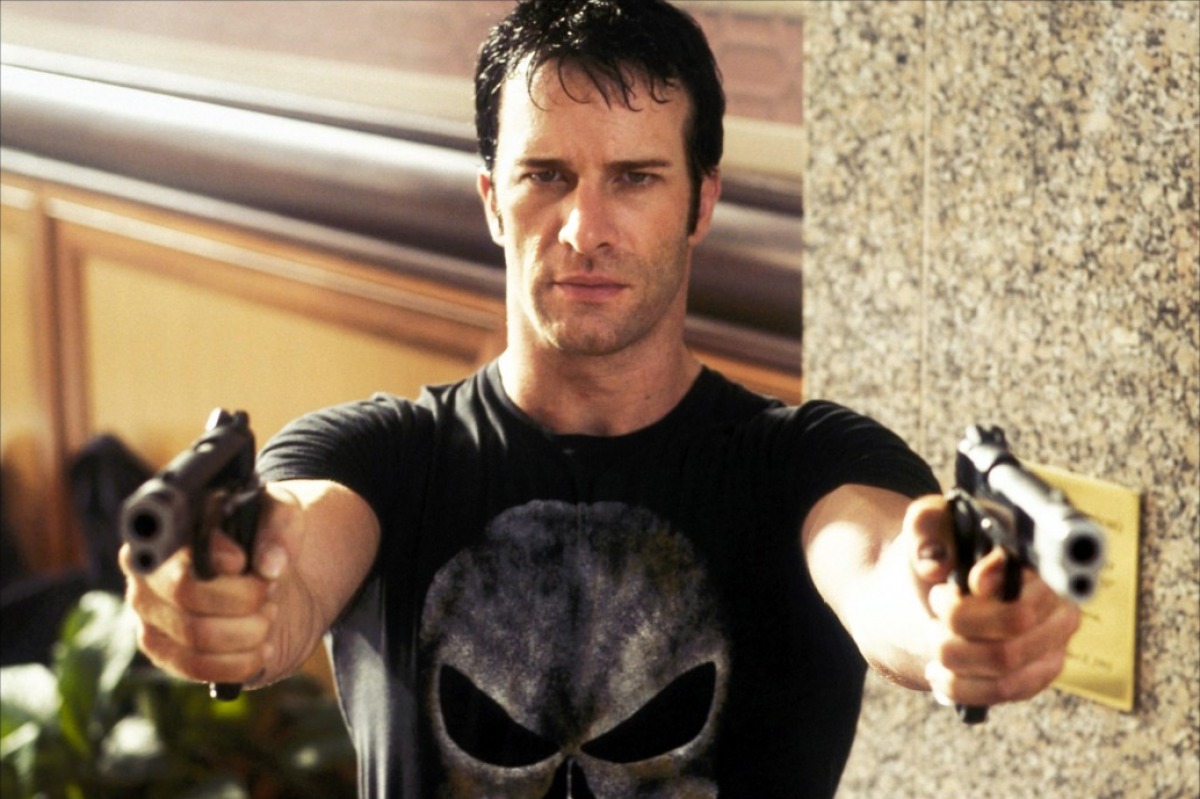
Marvel’s gun-toting character Frank ’The Punisher’ Castle, was always an attempt to cash-in on the ‘vigilante’ craze in cinemas of the 70s, so it was no surprise when it was one of the first Marvel movies to make it to the big screen in the macho 80s.
The Punisher” (1989) featured the hulking frame of Dolph Lundgren in a fairly grim mode. It was a dark, bloody and workable action film in an environment where they were a dime a dozen. The movie was watchable, but didn’t really embrace the character source material and it felt like just another vigilante tale amongst hundreds, even though for fans of 80’s action movies it is worth digging up.
With the comic-to-movie explosion of the early 2000s, though, the chance to re-adapt Castle’s character into another variation came back, especially since comic writer Garth Ennis had revitalised the character with a recent run.
Working as a origin tale and a variation of Ennis’ “Welcome Back, Frank” plotline, the new movie starred Thomas Jane in the lead role. The film was an odd mix, partly enamoured with the comics, as it replicated scenarios and imagery from Ennis’ run, whilst uncharastically placing the story in Miami and playing other things like a dull action movie. Jane was fantastic in the role, even if the movie itself isn’t as strong as his take.
Lastly, though, was Lexi Alexander’s “Punisher: War Zone” (2008). Jane had vacated the part and the large presence of Ray Stevenson took over instead. The setting returned to New York City and flawlessly captured the black humour, shocking violence and gritty nature of Ennis’ run. Sure, villain Dominic West’s OTT performance can wear on the nerves, but the rest is gleefully insane and spot-on adaptation of its source material.
The movie was sadly dismissed upon release, but has justifiable began to build a cult reputation, as well as the character finally reaching new heights of exposure with his recent Netflix show.
8. The Star Wars Prequel Trilogy
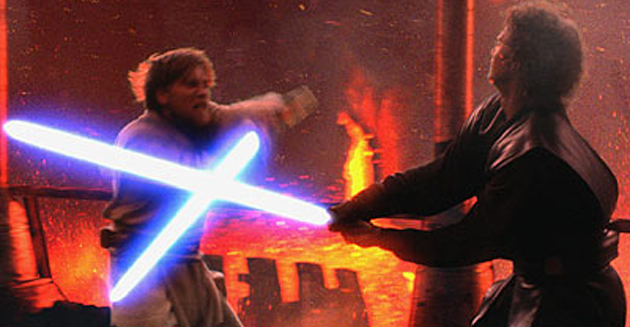
A sore point for many a fan of Star Wars (although “The Last Jedi” must’ve had close to as much venomous hate thrown at it), the prequel trilogy is often dismissed as one giant cow pie. Yet for those less flippant, for what it’s worth, it improves with every entry.
Starting with George Lucas’ return to directing with “The Phantom Menace” (1999), it represented an exciting moment as the franchise was back with a new entry, but due to its stale dialogue, flat storytelling, and of course, Jake Lloyd’s acting and one Jar Jar Binks, it’s unanimously considered the most hated from the series, and for good reason. Still, the internet was pretty much born from people complaining about how this film is lacking, so let’s move along.
“Attack of the Clones” (2002) came onto the scene with nowhere to go but up, and it does so even if that path is a bumpy road, with new lead Hayden Christensen stumbling all over the place, and the main romance plot between him and Natalie Portman being laughably bad.
Still, the B-plot featuring Obi-Wan’s detective work and the origins of the Clone Troopers are intriguing and well made. Christopher Lee as Count Dooku is great, and the last 20 minutes of the movie were breathless fantasy action, starting with a elaborate Gladiator arena-style monster battle, and ending with Yoda kicking all kinds of behind.
Still, one should say the second film had good moments despite itself, not so much the case with the third, which is actually a solid (and the most underrated) movie in the franchise. Certainly all weak points were present; CGI overload, nonsensical continuity, and baffling choices (the less said about Vader’s entrance the better).
Yet, the plot finally kicked into gear in telling Darth Vader’s origins and manages to contain a handful of dark and even powerful moments. Also, the showdown between Obi-Wan and Anakin might be the strongest lightsaber battle out the series and is mesmerising to watch.
7. Captain America
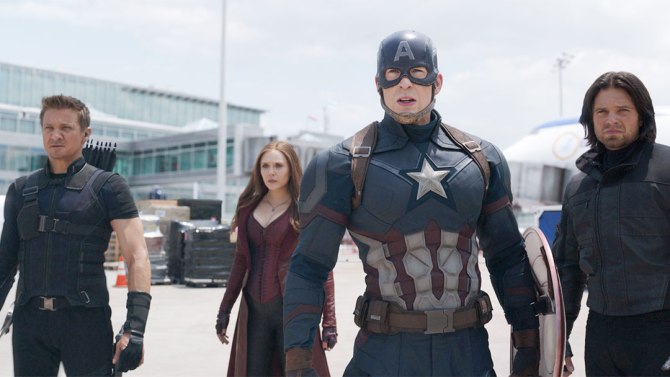
With the relentless juggernaut that is Marvel’s Cinematic Universe being a series on its own, the only trilogy within that spectrum that has gotten better as it went along is the Captain America saga.
Starting with the World War II-set “Captain America: The First Avenger” (2011), it worked as an origin tale for the titular Steve Rogers (Chris Evans), as he literally went from zero to hero due to a scientific super-serum. It was an enjoyable ode to classic adventure movies, with a spot-on choice of director with Joe Johnston who channeled his similarly themed “The Rocketeer.” It was fun and old-fashioned romp, yet its simple nature left room for improvement.
That improvement came with “Captain America: The Winter Soldier” (2014), the Russo brothers took over as directors and as Rogers was forced into the modern world, so was the series. It was not only an exciting superhero action movie, but a fine homage to tense spy thrillers, with just as much turncoat intrigue as giant helicarrier destruction.
It also successfully took the stale old fashioned nature of the character and turned him into a tough yet noble figure in the world of backstabbing espionage, in what many consider the best Phase 2 movie.
Yet when the Russo brothers returned yet for another round, they needed to topple all expectations from the already high bar set. With the actual Avengers sequel “Avengers: Age Of Ultron” (2015) disappointing many by feeling like a bloated trailer for other Marvel movies, the third Captain America entry feels very much like the actually proper Avengers follow-up many were anticipating.
Cap and his partner Bucky (Sebastian Stan) take a slight backseat as a Civil War escalates between all superheroes in a massive smash-up like no other. The pace clips along with plenty of drama and laughs, and a stellar introduction of both Spider-Man and Black Panther into the MCU.
6. The Dollars Trilogy
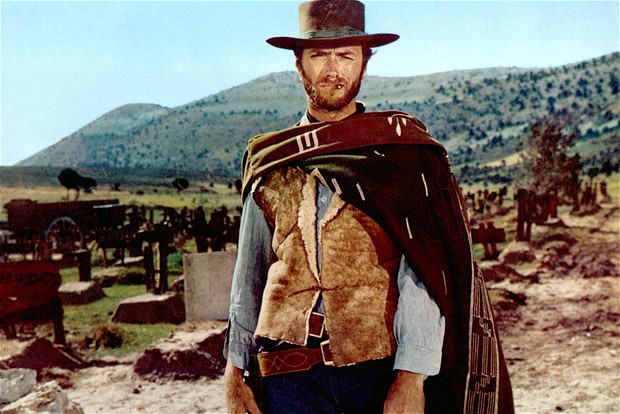
Sergio Leone made limited films during his legendary career, and each was a giant leap forward in terms of scale and quality. That escalation is made no clearer then in the trilogy that broke him and Clint Eastwood into into the industry.
Starting with “A Fistful Of Dollars” (1964), a low budget yet inventively filmed western remake of Samurai movie “Yojimbo.” It was a dusty and different type of western, full of dirty faces, questionable morality, and razor sharp one-liners. Overnight it single-handedly created the sub-genre ’Spaghetti Western’ and made the director and star sensations in Hollywood.
As effective as the first was, “For a Few Dollars More” (1965) was an exciting expansion of the former’s formula. Linking Eastwood’s stone-faced bounty hunter with Lee Van Cleef’s wiser gun-for-hire was a righteous method to shake things up. Also, the action and camerawork were upped, as well as the humour and emotional pathos. It was a fantastic example of Leone expanding what worked in the former film, whilst improving it in every other aspect.
The final piece of the trilogy, though, “The Good, The Bad And The Ugly” (1966), was a true signifier to see how far Leone had come in such little time. Instead of content being a grimy genre effort, this movie expanded its grasp to a location-spanning treatise on the Civil War, with three nefarious gunmen (Eastwood, Van Cleef, and Eli Wallach) each crossing paths in quest to find a buried treasure.
It wasn’t so much an expansion on the former formula as it was a stratospheric leap into a whole new league of cinema. The epic scale, stunning camerawork and iconic musical score all lead to this being considered the no contest pinnacle of an already stellar series.